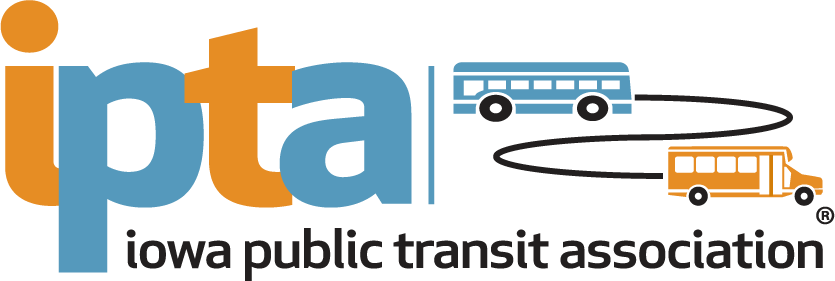ABOUT
ABOUT IPTA
The Iowa Public Transit Association (IPTA) includes 35 public transit systems that provide local transit services in all of the state’s 99 counties. Iowa’s public transit system includes 19 urban and 16 regional systems. Urban systems provide scheduled route service and Americans with Disabilities Act (ADA)-approved paratransit service in larger Iowa communities. Most regional systems offer demand responsive transit services over a multicounty area outside of the larger communities. Transit systems work with human service agencies, and others, to provide coordinated service for transportation in their areas.
Iowans embrace the convenience and enjoy the benefits of public transportation. Operating in all 99 counties, Iowa’s public transit system has provided more than 126 million rides during the past five years. Public transit has an enormous impact on the economic vitality of the people and communities served.
Iowans use public transit in many ways, including:
- To get to work and contribute to the tax base;
- To go to school, improve themselves and contribute to the betterment of their communities;
- To achieve mobility necessary to accommodate medical needs, maintain an independent lifestyle and ensure top quality of life; and,
- To go shopping for goods and services, supporting Iowa jobs and strengthening local economies
Public Transit Provides Mobility, Opportunities and Independence for Iowans
Are you interested in becoming an IPTA member? Access our Membership Brochure to learn more.
Mission
The mission of the Iowa Public Transit Association is to unify, advocate, and advance the interests of Iowa transit systems to influence and gain support from government agencies, legislators, and other entities.
It also is our mission to support the professional development and improvement of members and their systems by providing industry information, training, technical assistance and other opportunities for networking, collaboration, and sharing of ideas and best practices.
Purpose
The board of directors’ purpose is to:
- Direct the activities of the Iowa Public Transit Association
- Provide leadership
- Establish priorities and make decisions
- Represent the diverse interests of our members
- Be the "engine" or driving force of IPTA
- Communicate IPTA's mission and activities to members and other entities
Vision
The Iowa Public Transit Association strives to develop and maintain a common vision among its members regarding which decisions, changes and methods of support will best benefit the public transit industry as a whole. We envision IPTA placing more emphasis on working with the Department of Transportation to improve the process of allocating funds and being more involved in DOT decisions that affect public transit

